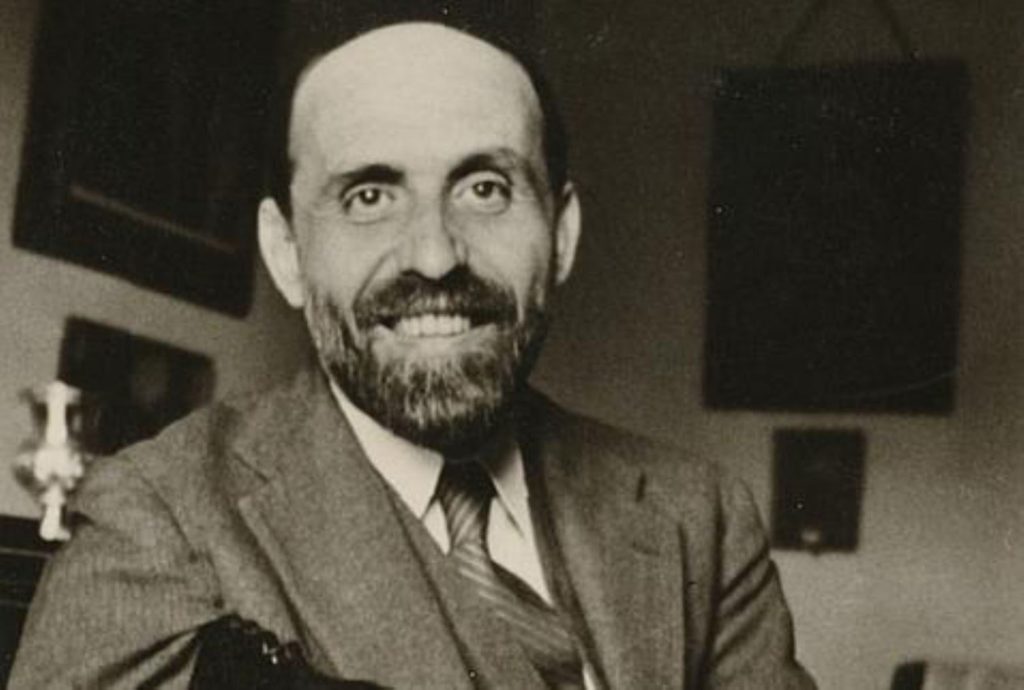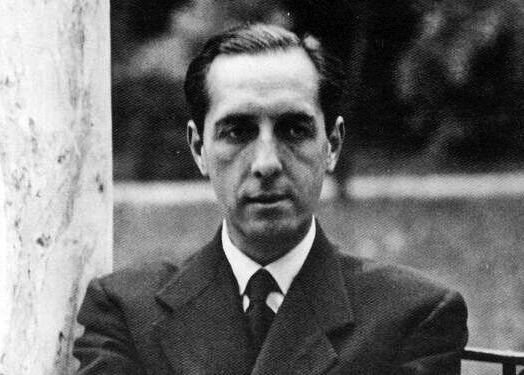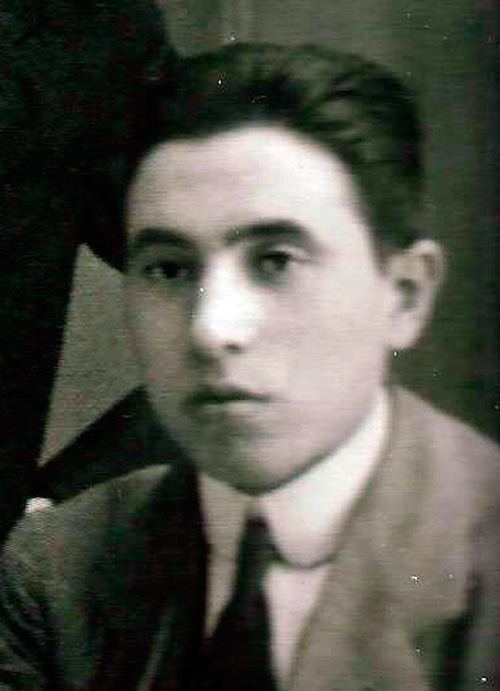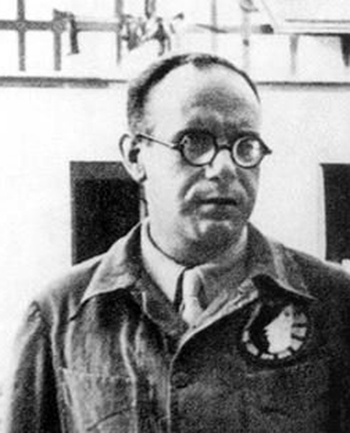Spanish poet, winner of the Nobel Prize in 1956, one of the representatives of the current of pure poetry, included by critics within the literary Noucentisme of the early twentieth century. Closely linked to the Residencia de Estudiantes (Students’ Residence), he was a teacher of the young poets of the Generation of ’27. He became friends with Federico García Lorca when he moved to Madrid in 1919.
In Madrid he met Federico García Lorca. From the beginning he exercised a certain supervision over him, advising him on his early poems. He published texts for him in the magazine ‘Índice’ and went with him to Granada to get to know the city.
Son of Víctor Jiménez and Purificación Mantecón, dedicated to the wine trade, he lived as a child in a well-to-do family. He studied in Huelva and in Puerto de Santa Maria high school and went to Seville willing to be a painter. There he frequents the Athenaeum, begins to write his first texts and to collaborate in the press. He never finished the career of Law, which he had begun forced by his family. In 1900, he moved to Madrid where, in 1913, he met Zenobia Camprubí, who was to be his companion and assistant throughout his life. Juan Ramón Jiménez, closely linked to the Residencia de Estudiantes, collaborated with its director, Jiménez Fraud, in various projects (he was director, for example, of Residencia de Estudiantes Publications and did some translations for it), lived there for some seasons or was a regular visitor.
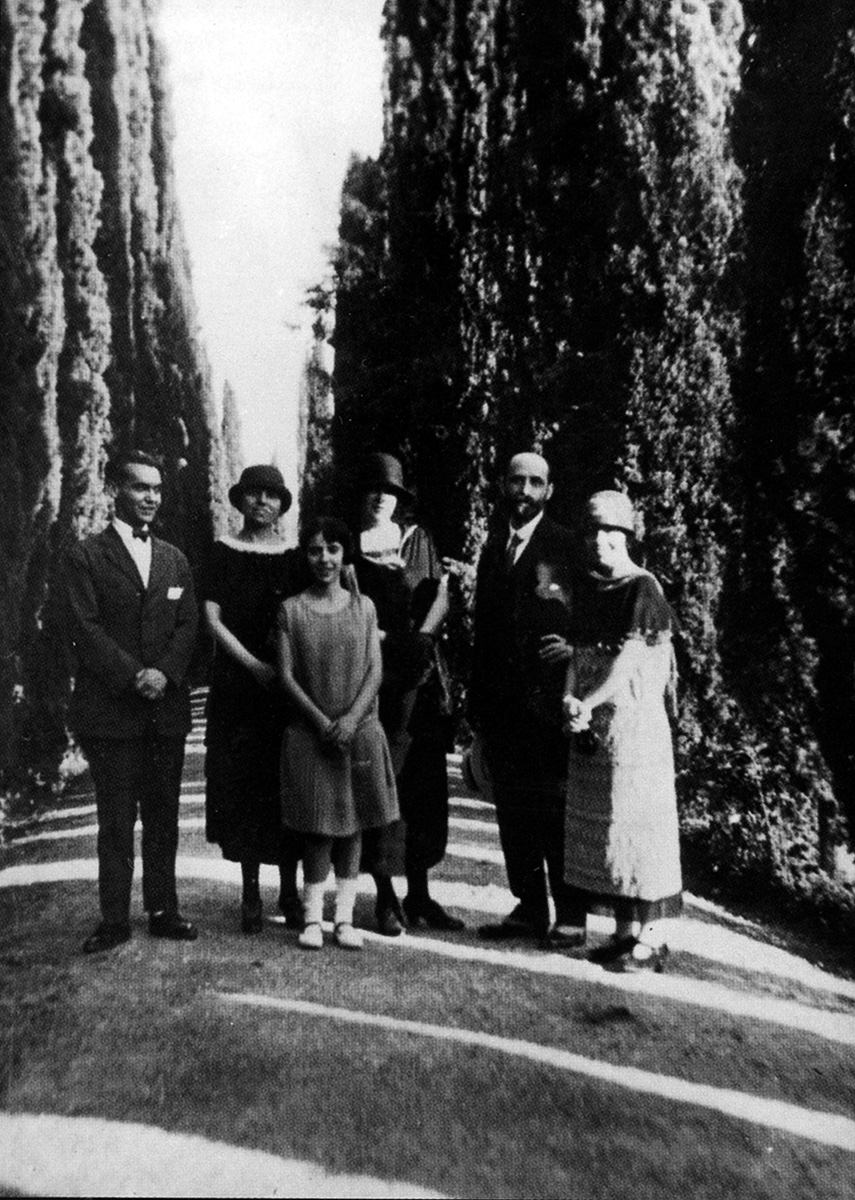
In Madrid he met Federico García Lorca. From the beginning he exercised a certain supervision over him, advising him on his first poems. He published texts for him in Índice (a magazine he founded and directed since 1921) and went with him to Granada to get to know the city. All of Federico’s friends did their best to make the visit go well, especially Emilia Llanos, Falla and his sister, the Lorca family…
Lorca arrived with a letter of recommendation from Fernando de los Ríos addressed to Juan Ramón: “Very dear poet: There goes this boy of romantic yearnings: receive him with love, he deserves it; he is one of the young men in whom we have placed the most vivid hopes”. Federico found him “a very neurasthenic and very entertaining man” who received him in a black robe with silver laces and “spoke negatively about the young poets of Madrid.” The host, after some time, recalled the scene thus: “He sat pale, flat, full of moles, on my sofa and we talked about everything and everyone. He stared intently, with something, a lot of realistic moon, ‘a child without feet’. Moon boy, matte and a little cold.”
“Granada has caught my heart. I’m like wounded, like convalescent. There I didn’t realize it so much,” he wrote upon his arrival in Madrid to Isabel García Lorca, then an 11-year-old girl who seduced the poet from Moguer with her innocence and to whom he dedicated the romance entitled ‘Generalife’.
In 1916, Juan Ramón married Zenobia and a year later wrote Diary of a Newlywed Poet. The couple received repeated invitations from Lorca to visit Granada. After many delays, the couple visited the city in the summer of 1924. They stayed at the Hotel París, located at the beginning of the Gran Vía. The visit, which was not without some tension that worsened as the months passed, made a good impression on him: “Granada has caught my heart. I’m like wounded, like convalescent. There I did not realize it so much,” he wrote upon his arrival in Madrid to Isabel García Lorca, then an 11-year-old girl who seduced the poet from Moguer with her innocence and to whom he dedicated the romance entitled Generalife.
The result of the visit and the interpretations that each one made of those days was the book Forgetfulness of Granada, a mixture of memories, prose, evocations and letters related to that visit, as well as some famous photographs of the group in the Cypress Boulevard and in the Partal Gardens, the spaces that attracted the most visitors.
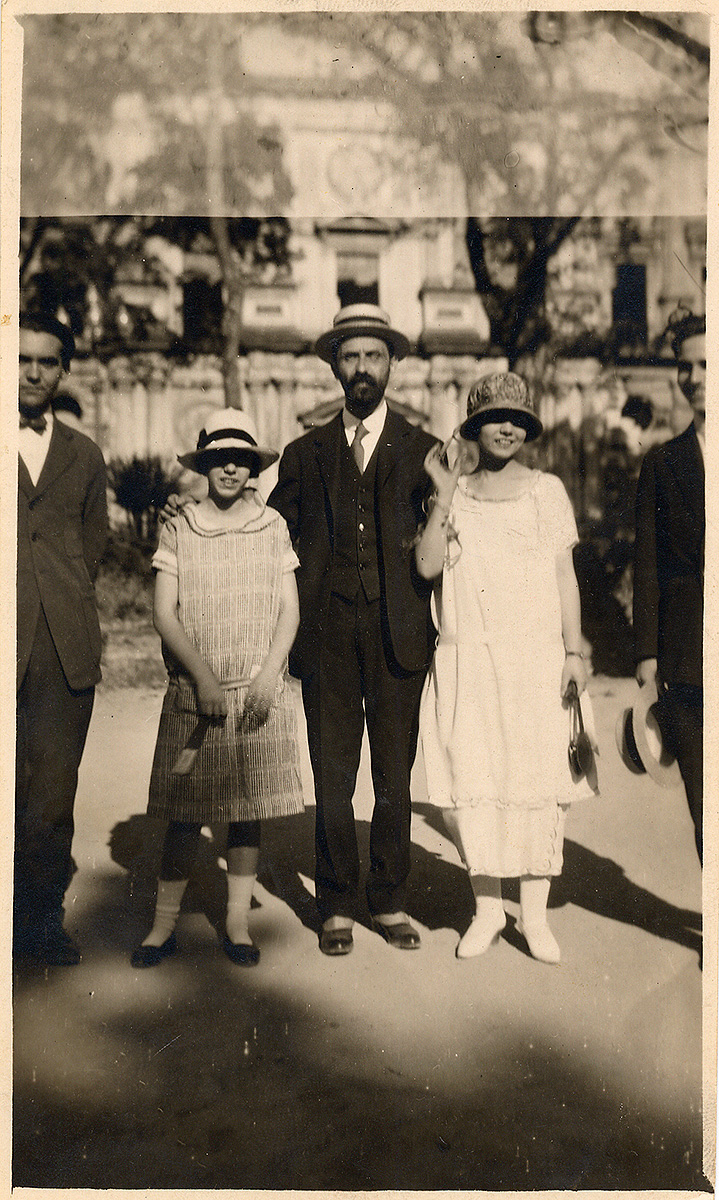
After the Civil War, Juan Ramón supported the Republic and had to leave Madrid with Zenobia due to insecurity. They first settled in Washington. They left everything in the Madrid apartment, possibly believing that they would return. Fortunately, most of what was left there could be recovered and today it is exhibited in their House-Museum of the Zenobia-Juan Ramón Foundation in Moguer. In 1937 they moved to Cuba and then to Miami, Washington again, Maryland (where they are hired at the University), Puerto Rico… The Diaries of Zenobia Camprubí give an account of the economic and sentimental sorrows that were part of the life of the exiles and their concern to help other exiles or Spanish children who were victims of the war.
In 1956, Zenobia died, days after Juan Ramón was awarded the Nobel Prize. In 1958, the poet himself died. His remains were transferred to Moguer where he was given a massive reception.
